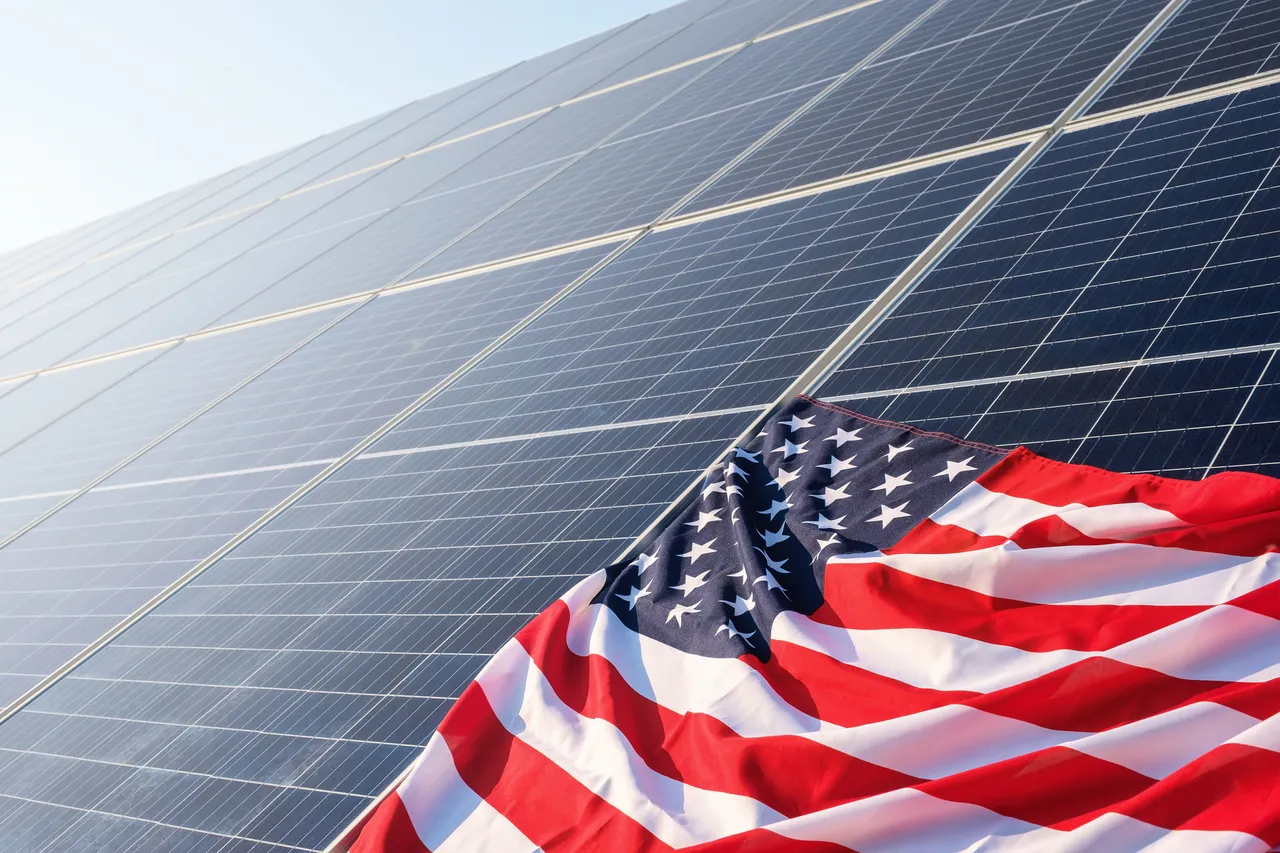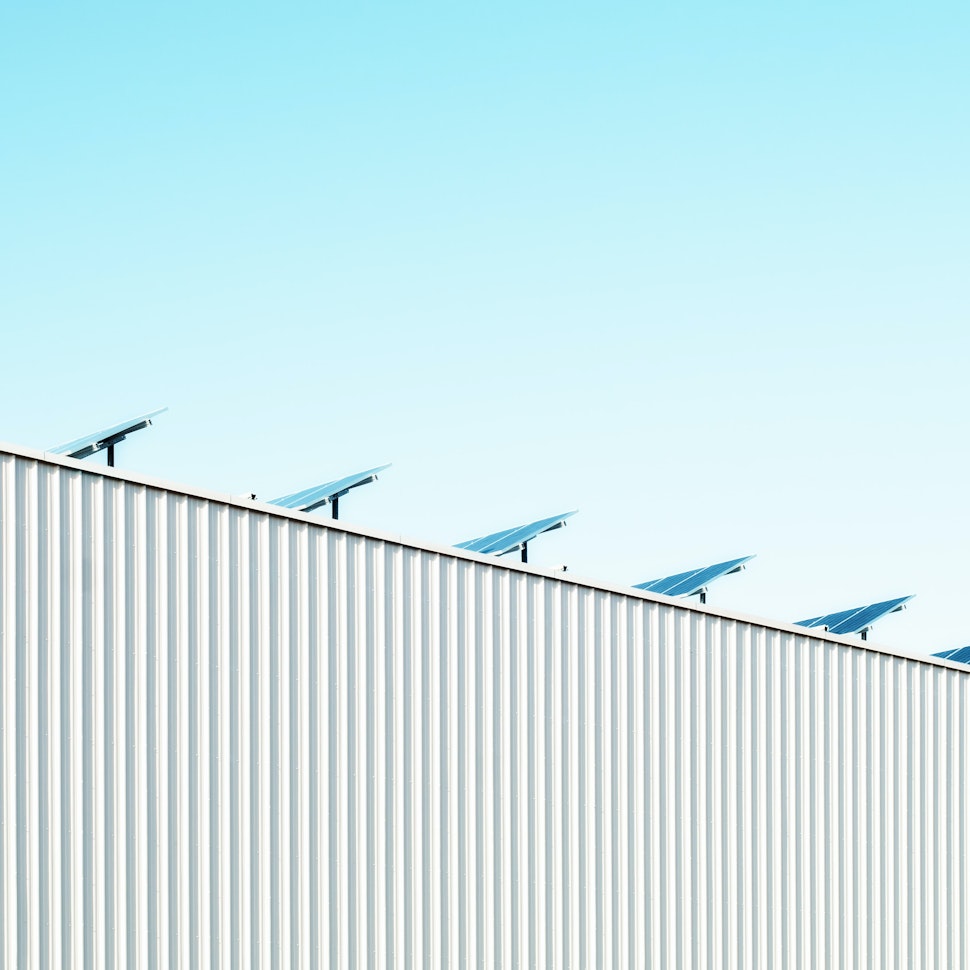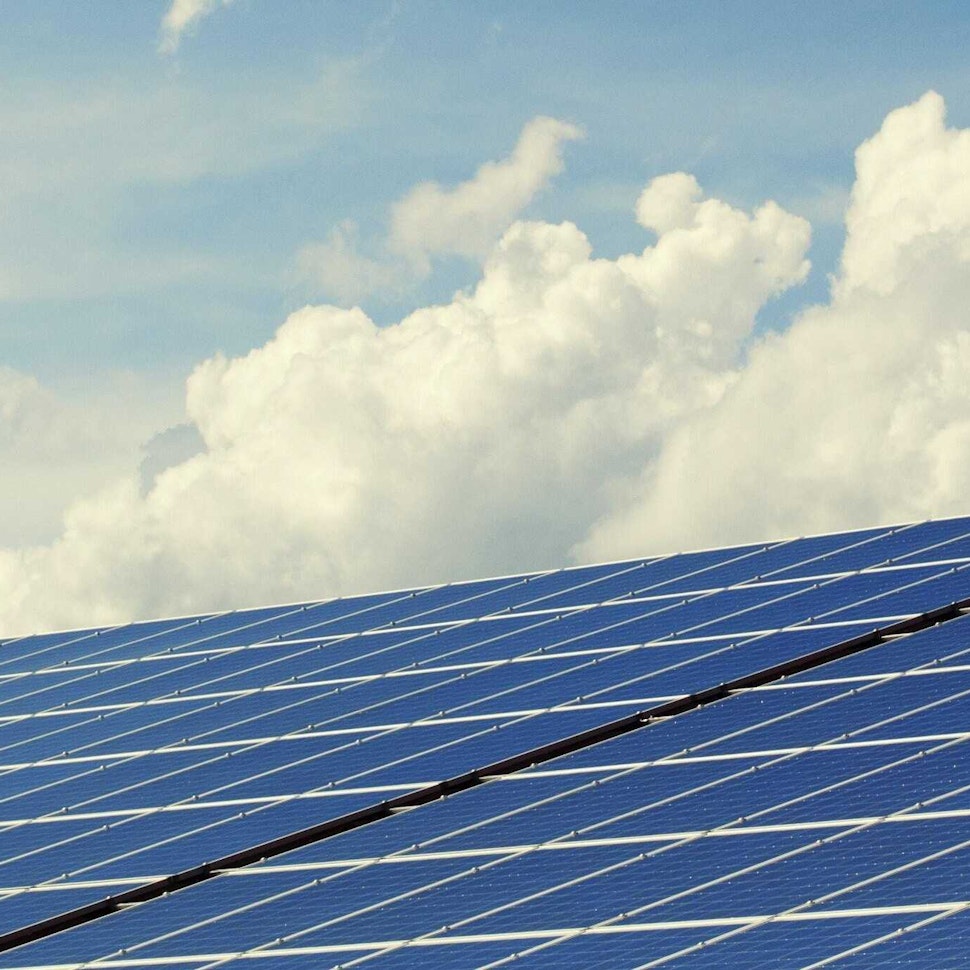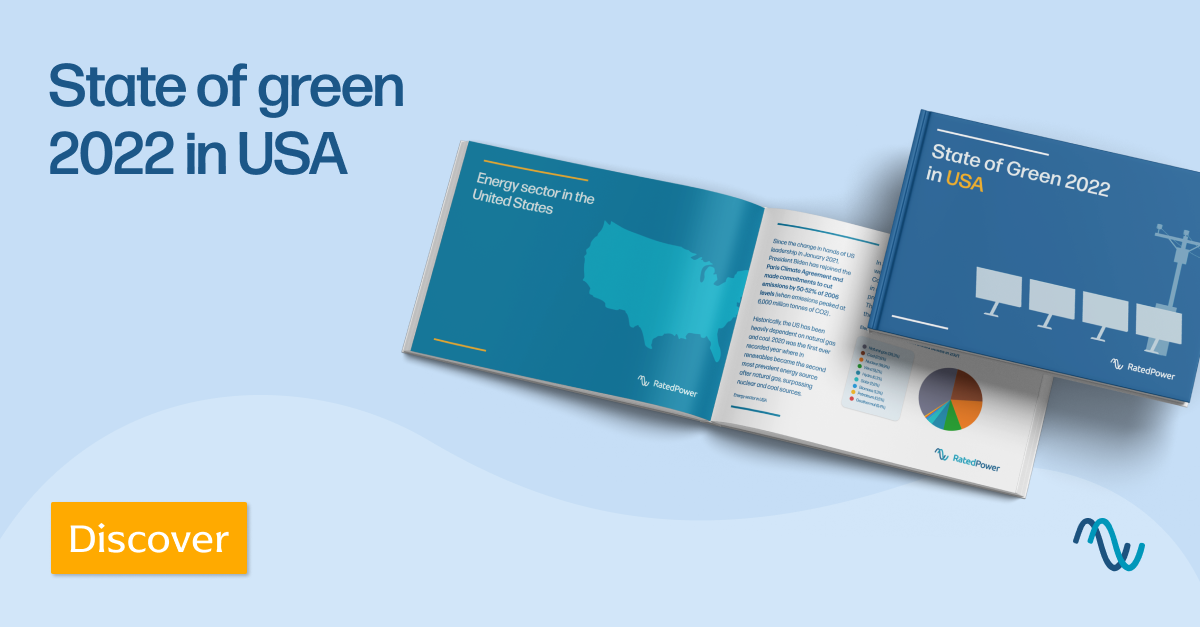- Solar energy blog
- What the Inflation Reduction Act means for the US solar market
What the Inflation Reduction Act means for the US solar market


Gabriel Cañadas

Content
The Inflation Reduction Act (IRA) of 2022, which President Joe Biden signed into law on August 16, has transformed the green energy landscape in the US and has implications for the renewable industry globally.
Alongside reducing the cost of prescription drugs and raising corporation taxes, the bill includes the largest, most comprehensive investment in fighting climate change and shoring up energy security in US history. The bill introduces new tax credits for households to offset energy costs, investments in clean energy production, and tax credits aimed at reducing carbon emissions.
The IRA aims to develop clean energy technologies to drive growth in the domestic economy. But it also makes the US a leader in international climate change politics. The bill is “possibly the biggest thing to happen in international climate diplomacy in decades,” Joseph Curtin, managing director for power and climate at the Rockefeller Foundation and a former climate adviser to the Irish government, told The Atlantic.

What does the Inflation Reduction Act mean for green energy?
Addressing climate change forms a key part of the Inflation Reduction Act because deploying renewable electricity generation reduces energy bills. Fossil fuels, primarily natural gas, account for 60% of electricity production in the US and the Russia-Ukraine conflict is driving up prices.
A sharp decline in the cost of installing solar and wind generation systems means that renewable supply brings down energy bills, reducing inflation. Over the long term, an economy with a high share of renewables is less affected by energy price shocks and supply disruptions.
US retail electricity costs could decline by 5.2-6.7% over the next decade, saving consumers between $209 billion to $278 billion based on expected natural gas prices, Resources for the Future projects. The average household could save $170-$220 on electricity bills and the cost of goods and services.
To meet its climate change goals the US will need to expand its solar and wind capacity from about 13% to 60% by 2030. The IRA provides the framework the country needs to provide incentives, encourage investments, develop a domestic manufacturing base, and train a skilled workforce to give renewables an advantage over coal and natural gas power plants.
Energy Innovation finds 2030 wind and solar photovoltaic (PV) capacity will increase by 2-2.5 times pre-IRA projections.
Learn everything you need to know about renewables in the US with our State of Green ebook 2022 in US.
The role of the IRA to boost America’s climate change credibility
The US has long been a laggard in climate legislation, but the IRA allocates $374 billion in federal government spending over the next 10 years. Estimates indicate that the bill could reduce US greenhouse-gas emissions by around 40% from 2005 levels by 2030, bringing the country closer to its goal of cutting emissions by 50-52% under the Paris Agreement
Experts believe that to limit the impact of climate change, the US needs to replace coal and gas power plants with emissions-free resources. The country also needs to replace internal combustion engine (ICE) vehicles with electric vehicles, replace boilers with heat pumps, and reduce carbon emissions from heavy industry that is difficult to electrify.
The IRA aims to provide support to the industries needed to meet those goals. The US will not only buy clean energy technologies but develop the industries that produce those technologies.
More effective clean energy tax credits
A key feature of the IRA’s approach to clean energy policy is that it provides a stable, long-term tax credit system designed to provide certainty for utilities and developers. This should accelerate the deployment of renewable energy and battery storage in four ways:
Tax credits have been extended at their full value for at least 10 years, breaking the cycle of Congress letting credits expire or extending them just before expiry. This gives investors, manufacturers, utilities, and developers the time to plan and construct new projects into the 2030s.
The scope and flexibility of federal tax credits has increased, allowing new technologies to qualify for investment or production credits. Solar projects can qualify for the production tax credit (PTC), and energy storage technologies are now eligible for investment tax credits (ITC).
Clean energy credit value increases for projects that support workers and domestic manufacturing. Solar power projects eligible for the 30% tax credit can receive 40% by purchasing equipment produced in the US.
Tax credits are transferrable to anyone with a tax liability, while tax-exempt entities like municipal utilities and rural electric cooperatives are eligible for cash grants. This simplifies the process and uses government funds more efficiently to benefit a larger number of project developers.
Reshaping global supply chains
The IRA’s focus on developing domestic clean energy industries will redefine the country’s relationship with China as it nurtures US competitors to Chinese companies. For example, China’s share of the global market along all stages of the solar panel supply chain exceeds 80% — from polysilicon to ingots, wafers, cells, and modules. That’s more than double the country’s share of global PV demand, according to a report by the International Energy Agency (IEA).
In tandem with the recently passed CHIPS and Science Act, the IRA aims to foster ethical, local supply chains that reduce US companies’ dependency on importing components and products from China.
The federal government will provide financial incentives for manufacturers to build new factories to produce every component along the solar PV supply chain. It will also provide tax credits that will drive up demand for new solar panels. “It’s realistic that within four to five years, [U.S. solar manufacturers] could completely meet domestic demand for solar,” Scott Moskowitz, the head of public affairs for the solar manufacturer Q CELLS, told The Atlantic.
How soon will the US solar market see the benefits?
The IRA is already seeing results. First Solar, the largest US-based solar equipment manufacturer, announced on August 30 that it plans to invest $1.2 billion in expanding its domestic production capacity by 4.4GW by 2025. The business cited the importance of the IRA in achieving US self-sufficiency in solar technology to ensure its energy security.
While the IRA is focused on the domestic clean energy supply chain, the increase in manufacturing capacity and competition will likely reduce the cost of equipment for export to other countries, in turn making the green transition more affordable for developing countries.
For more news and insights on the green energy landscape across the world, visit the RatedPower resource hub.
Latest stories
Related posts
Technology and engineering
Innovation in renewable energy: Developments expected in 2025
We look at the 10 biggest renewable industry developments that are making a green future possible, including perovskite solar cells, green hydrogen, and more.
Updated 18 MAR, 25

Market analysis
Breaking down solar farm costs: Free template inside
Updated 27 SEP, 21

Market analysis
Solar energy in Australia: a 2021 market analysis
Updated 11 MAY, 21

- RatedPower
- Solar energy blog
- What the Inflation Reduction Act means for the US solar market


